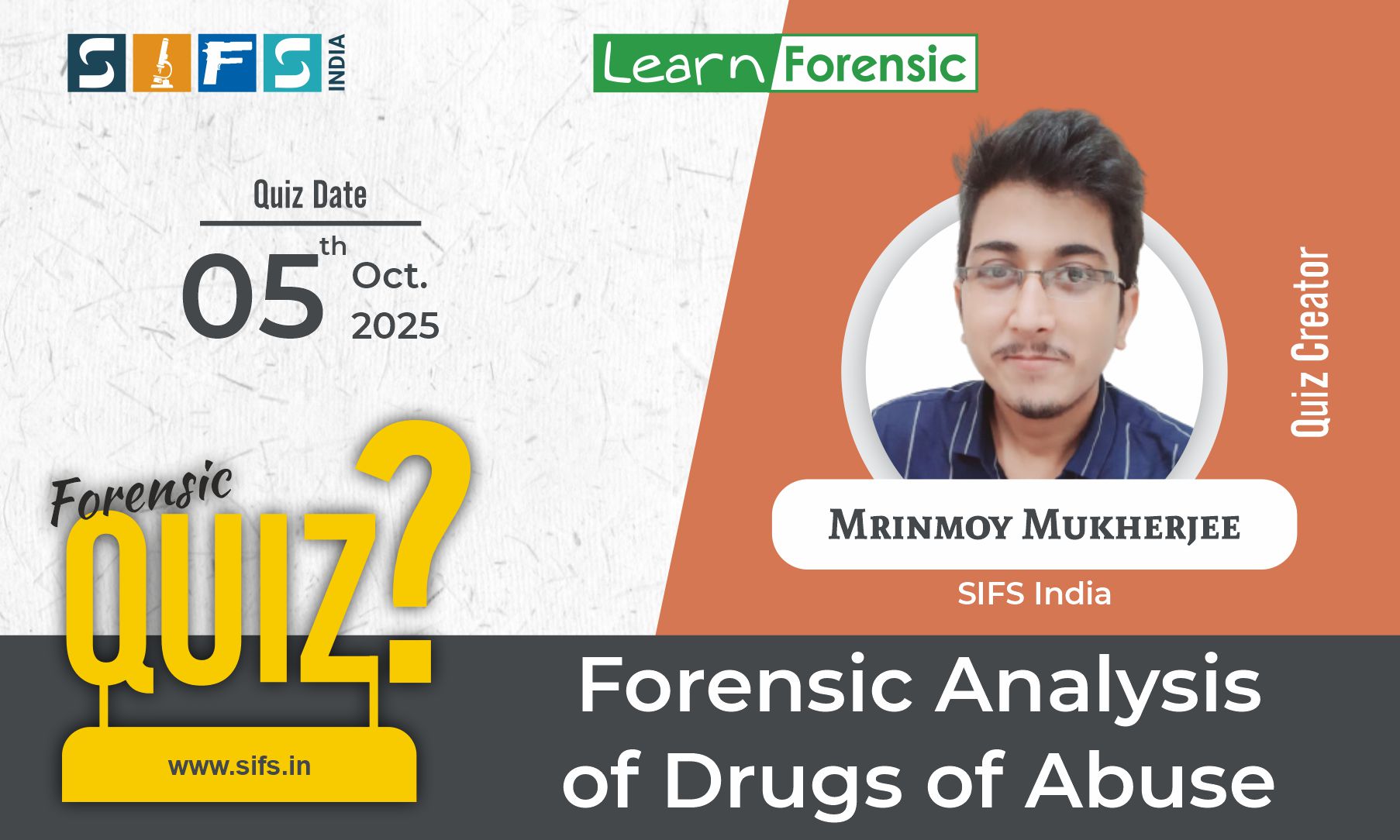Quiz 165 : Forensic Analysis of Drugs of Abuse
Forensic Quiz
Abuse of drugs is associated with numerous medical, social, and legal problems. ‘Drugs of abuse’ testing is therefore an important task in forensic toxicology and related fields. It is generally performed either to confirm an acute drug effect (e.g., in drugged driving) or to monitor drug abstinence (e.g., in workplace drug testing). Besides the conventional biomatrices blood (acute effects) and urine (abstinence testing), oral fluid has become an increasingly important testing matrix, allowing on-site sample collection using dedicated collection devices. Moreover, hair has become an established matrix for long-term drugs of abuse testing. Immunoassays are effective tools for identifying presumptively positive samples in targeted analysis for major drugs of abuse, but positive results require confirmation by more selective and sensitive techniques
05
October 2025

